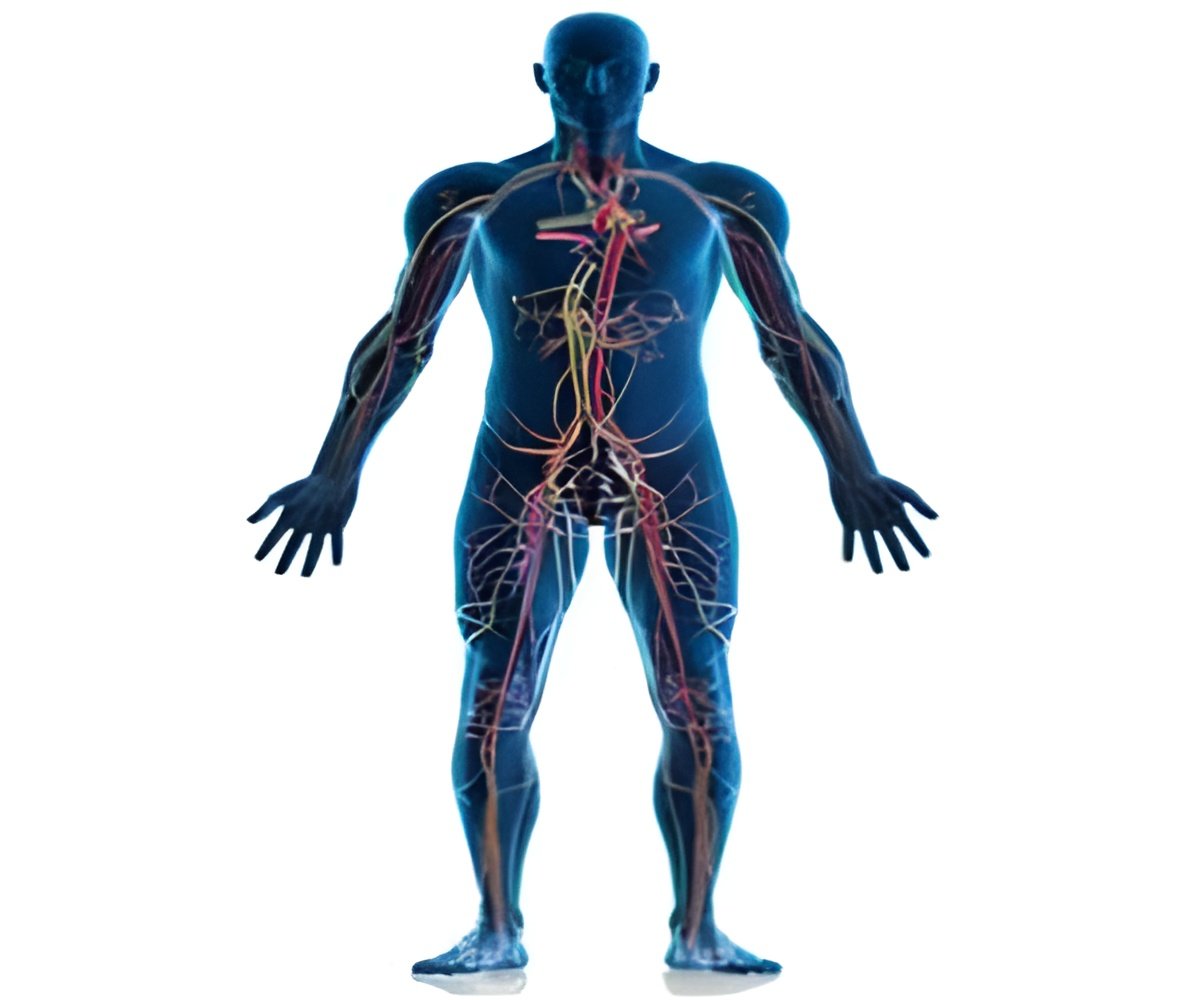The parasympathetic nervous system, which is a part of the nervous system is formed in a way different from what was presumed, a new study has found. In this study, which is published in the journal
Science, a new phenomenon is investigated within the field of developmental biology, and the findings may lead to new medical treatments for congenital disorders of the nervous system.
Almost all of the body's functions are controlled by the autonomous, involuntary nervous system, for example the heart and blood vessels, liver and gastrointestinal system. At rest, the body is set up for energy saving functions, which is regulated by the parasympathetic part of the autonomous nervous system. Current understanding is that many important types of cells, including the parasympathetic nerve cells in various organs, originate in early progenitor cells that move short distances while the embryo is still small. But this model does not explain how many of our organs – which develop relatively late, when the embryo is large – are furnished with cells that form the parasympathetic neurons.
This study alters a fundamental principal of our understanding of how the peripheral nervous system develops in the body. Researchers at Karolinska Institutet have made three-dimensional reconstructions of mouse embryos. These show that the parasympathetic neurons are formed from immature glial cells known as Schwann cell precursors that travel along the peripheral nerves out to the body's tissues and organs. The immature cells have the properties of stem cells and may be the origin of several different types of cells. For example, the researchers behind this new study have previously demonstrated that the majority of our melanocytes (pigment cells) are born from these cells.
Source-Eurekalert











